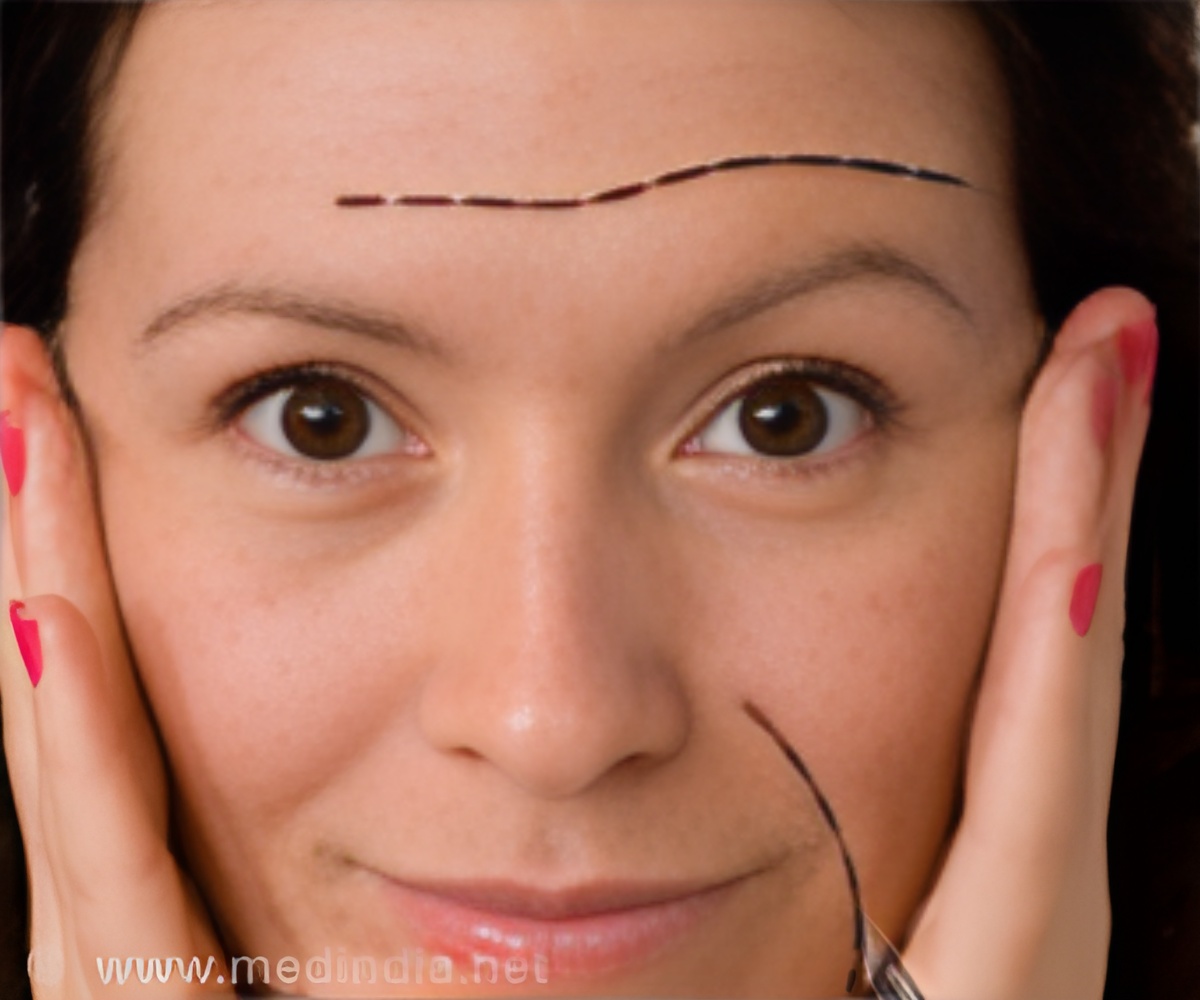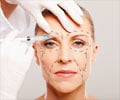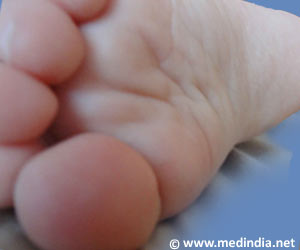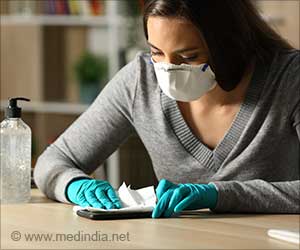A new study shows the effect of size and perception of facial features with selfie photographs on plastic surgery procedures.

TOP INSIGHT
The nose that appears longer and wider in selfies than in standard clinical photographs make people think about plastic surgery procedures.
Nose reshaping (rhinoplasty) is the most frequent cosmetic procedure, with more than 352,000 procedures performed in 2020, according to ASPS statistics.
The new study evaluated how selfies affect the appearance of facial features. Thirty volunteers sat for a series of three standard photographs.
Two photos were taken using a front-facing smartphone camera at distances of 12 and 18 inches — approximating the effects of taking a selfie with the elbow bent (12 inches) or at arm’s length with the wrist bent (18 inches).
The third photo was taken using a digital single-lens reflex camera at a distance of five feet. Such standardized clinical photographs are an important part of the discussion of goals and expected outcomes between patients and plastic surgeons.
Later, researchers compared the measurement of facial landmarks (nose, lip, chin, and facial width) between the three photographs, to assess distortions introduced by simulated selfies.
The results showed significant distortions in the front-facing smartphone photos. On average, the nose appeared 6.4% longer on 12-inch selfies and 4.3% longer on 18-inch selfies, compared to the standard clinical photographs.
There was also a 12% decrease in the length of the chin on 12-inch selfies, leading to a substantial 17% increase in the ratio of the nose to chin length. Selfies also made the base of the nose appear wider, relative to the width of the face.
The selfie-induced distortions were also reflected by patient ratings of their facial appearance. Consistent with the clinical experience, the measured distortions were also readily apparent when the three photographs were viewed side by side.
Plastic surgeons raise concern that facial distortions on selfies and the influence of social media may affect mental health, particularly at a time of rising rates of teen suicide and depression.
This study further supports the concern that selfies can negatively affect perceived facial appearance. People need to increase awareness of how false perceptions of selfies may affect rhinoplasty requests, perceptions of self-image, and subsequent depression and anxiety.
Source-Medindia
 MEDINDIA
MEDINDIA




 Email
Email





